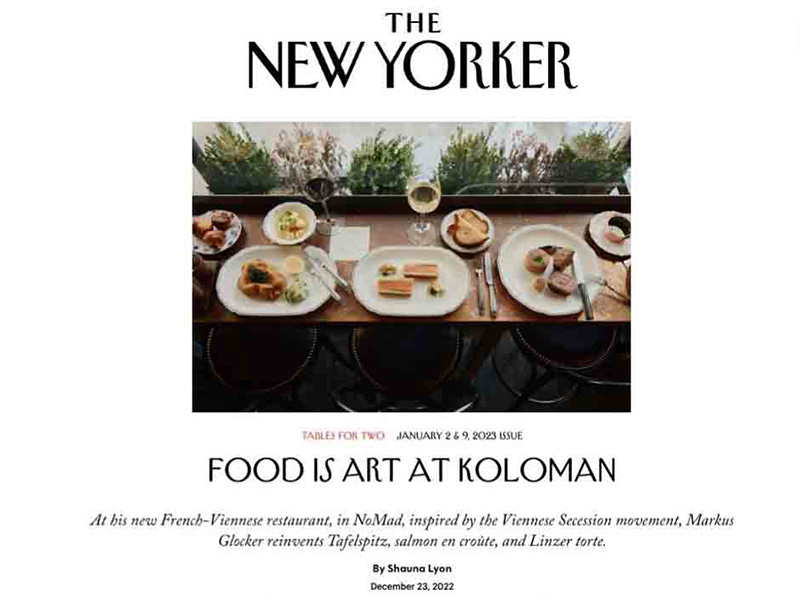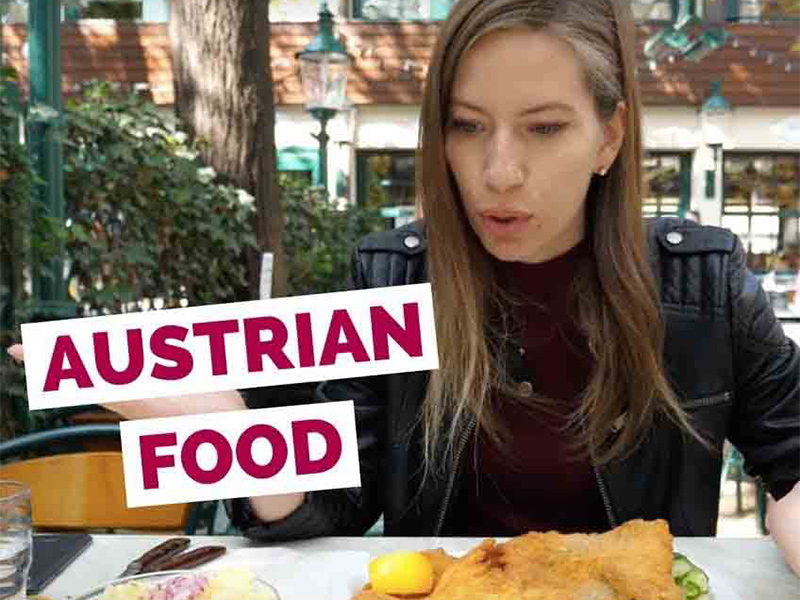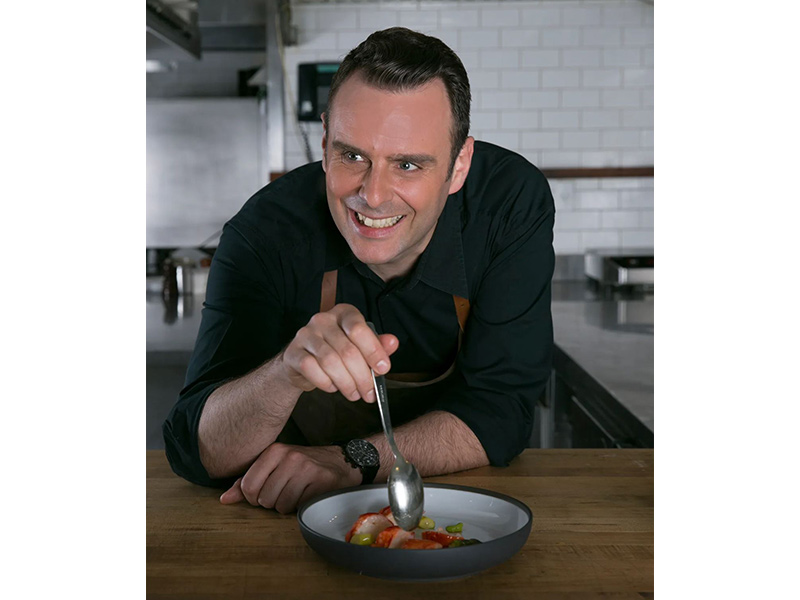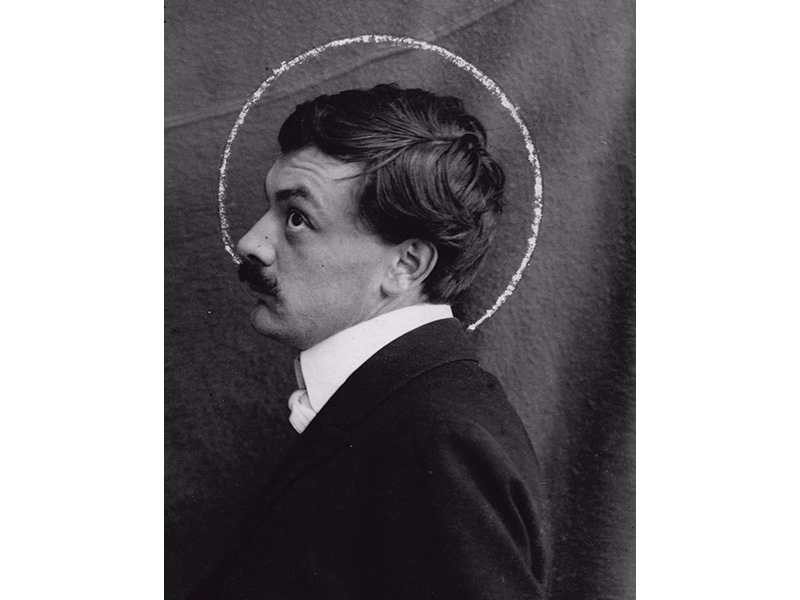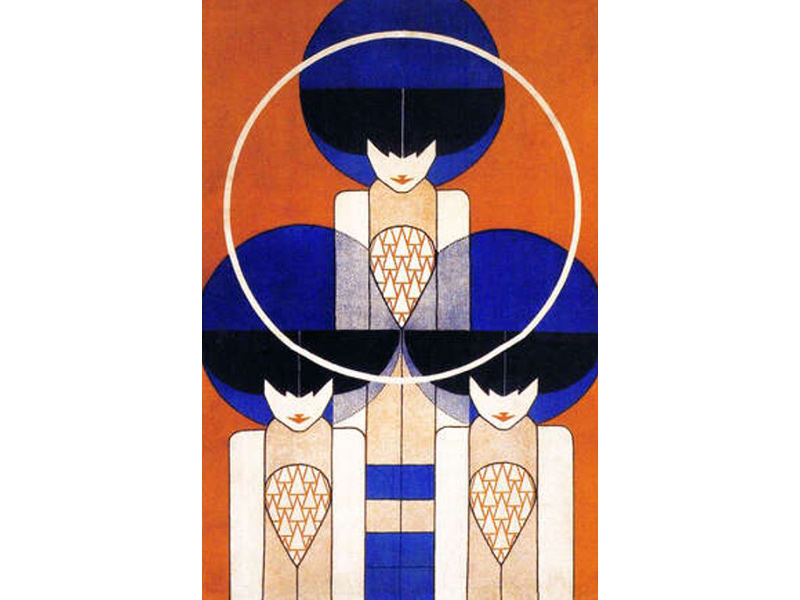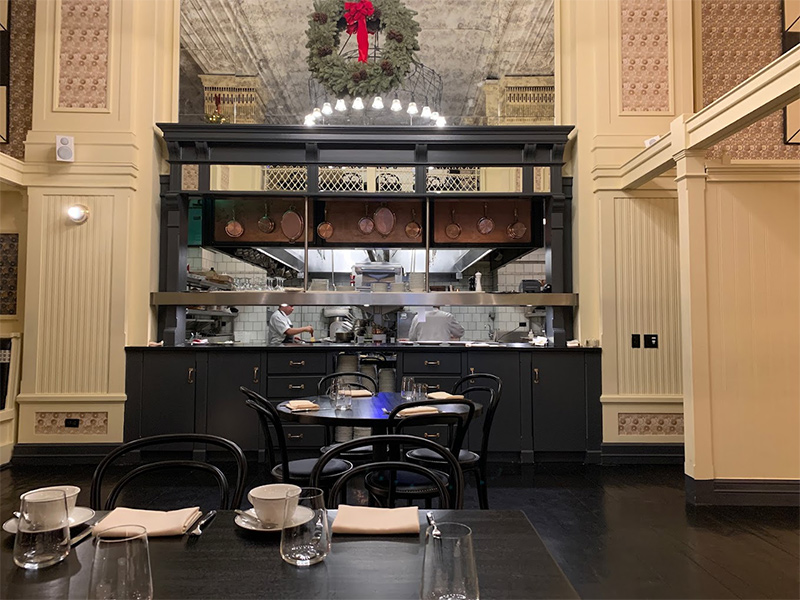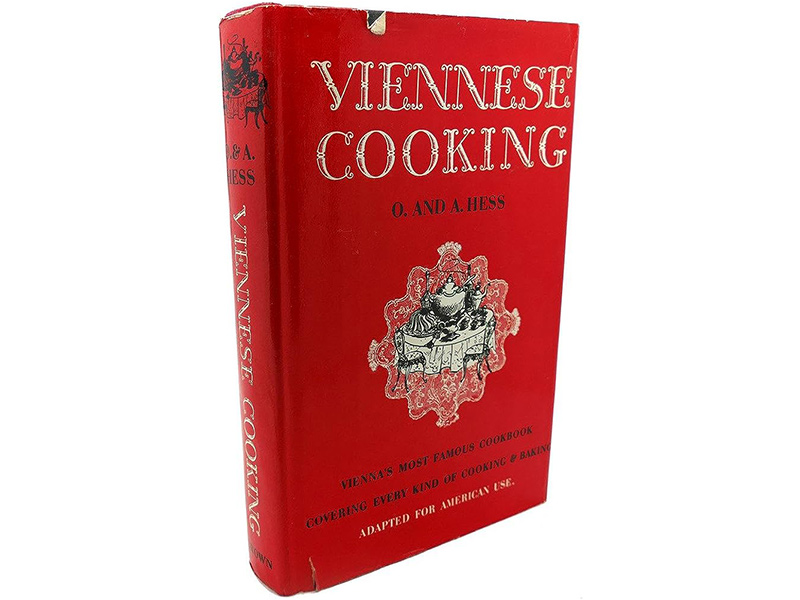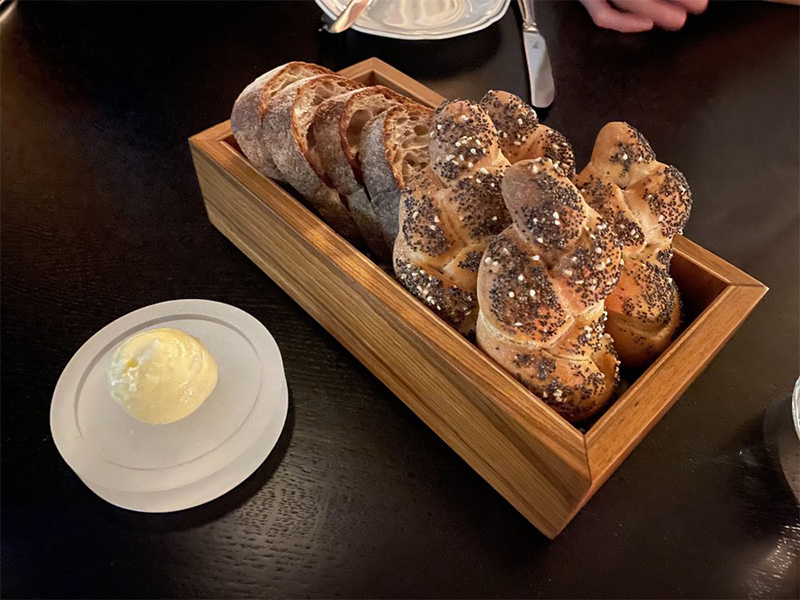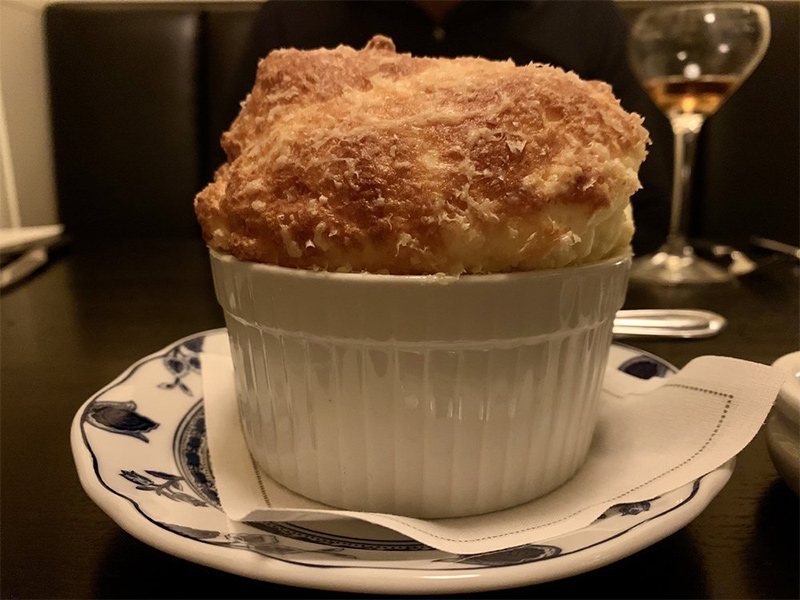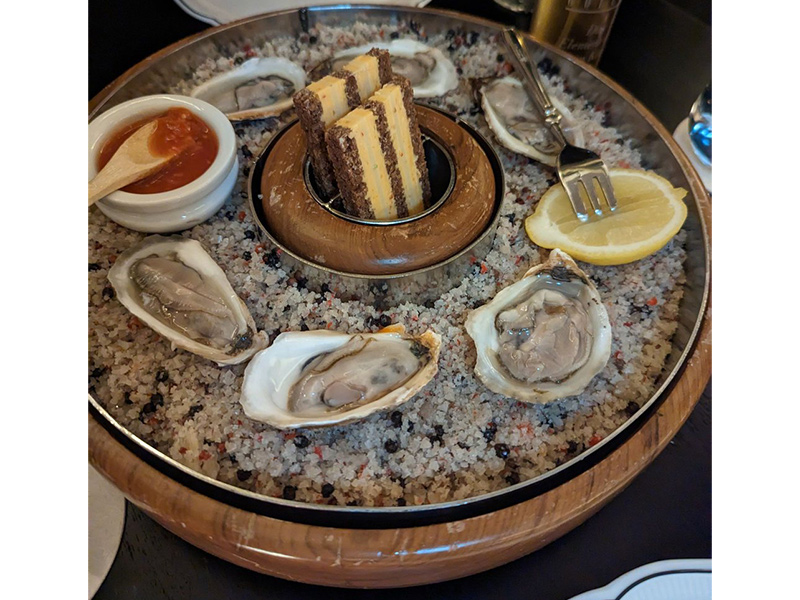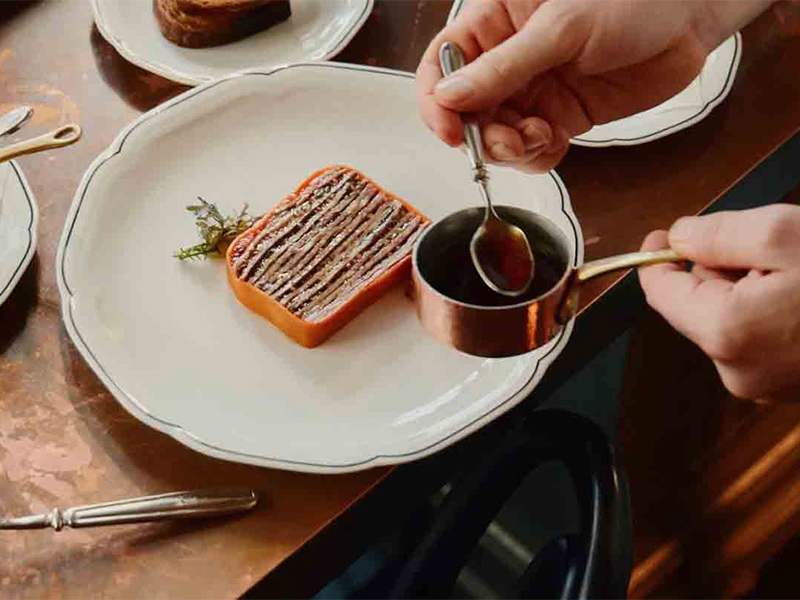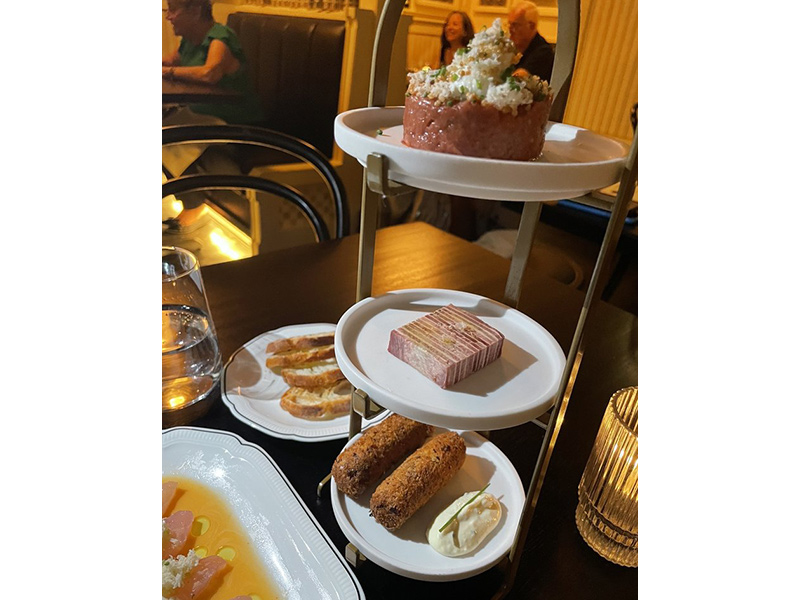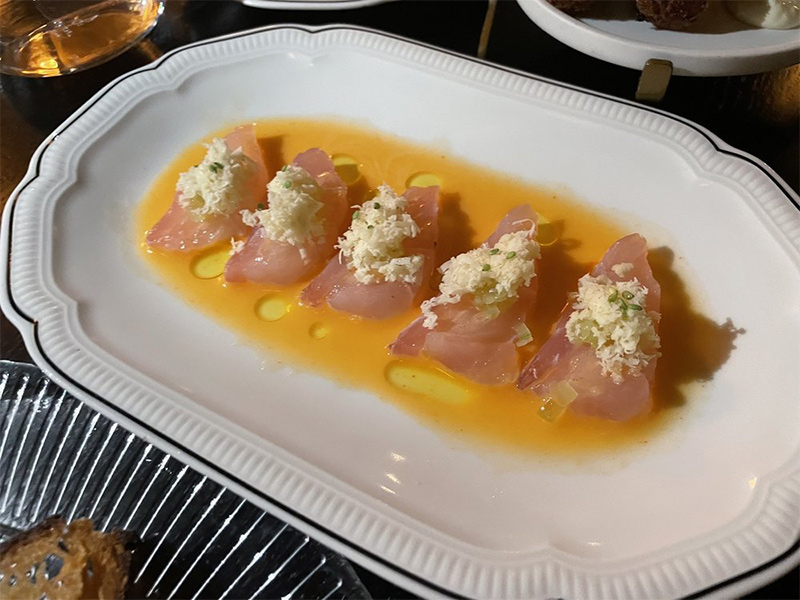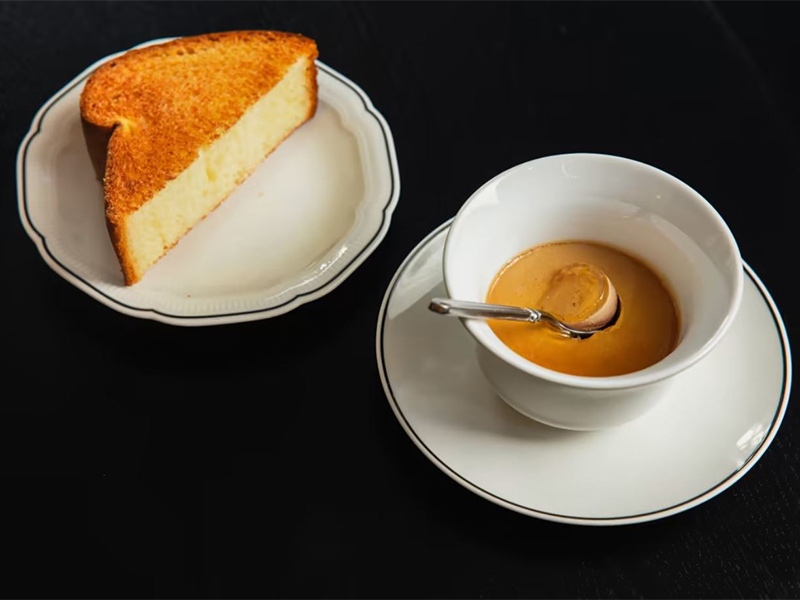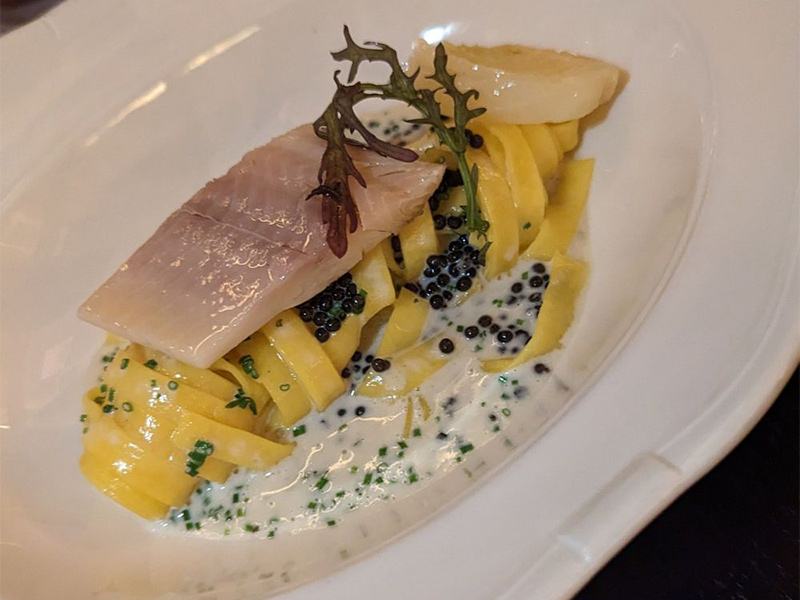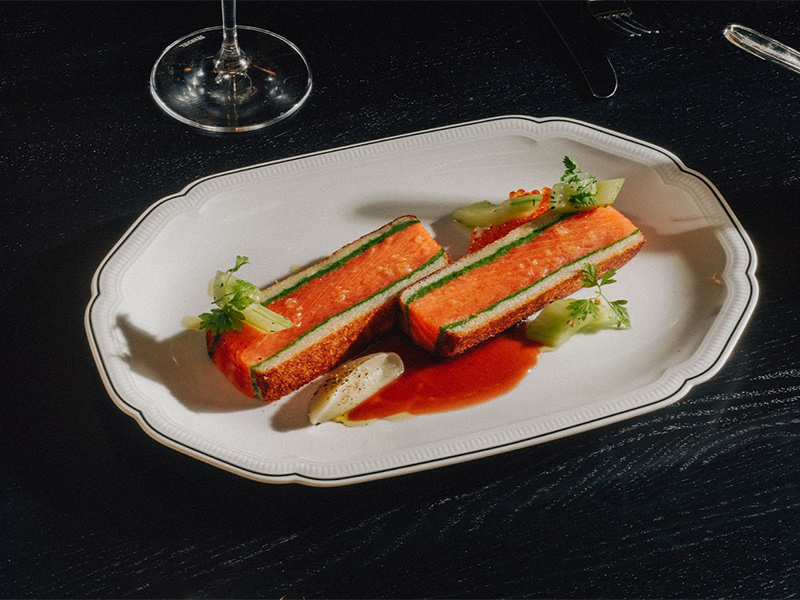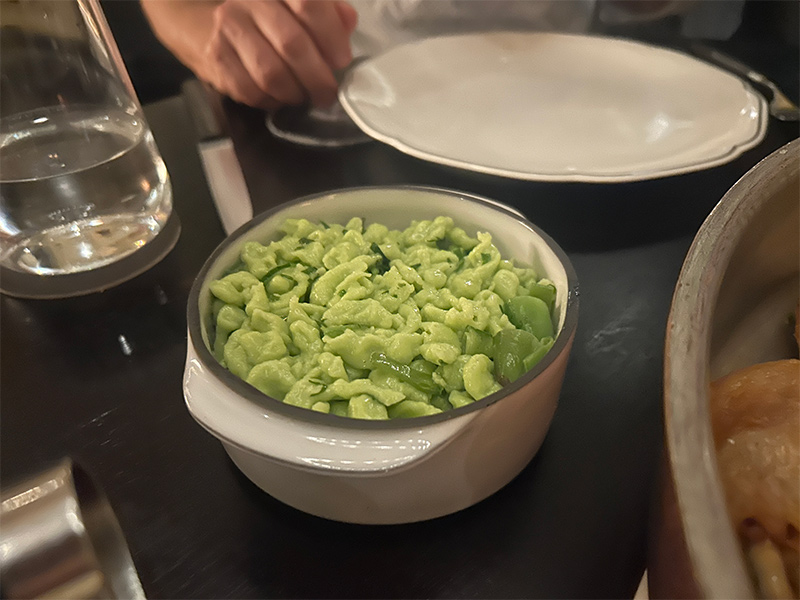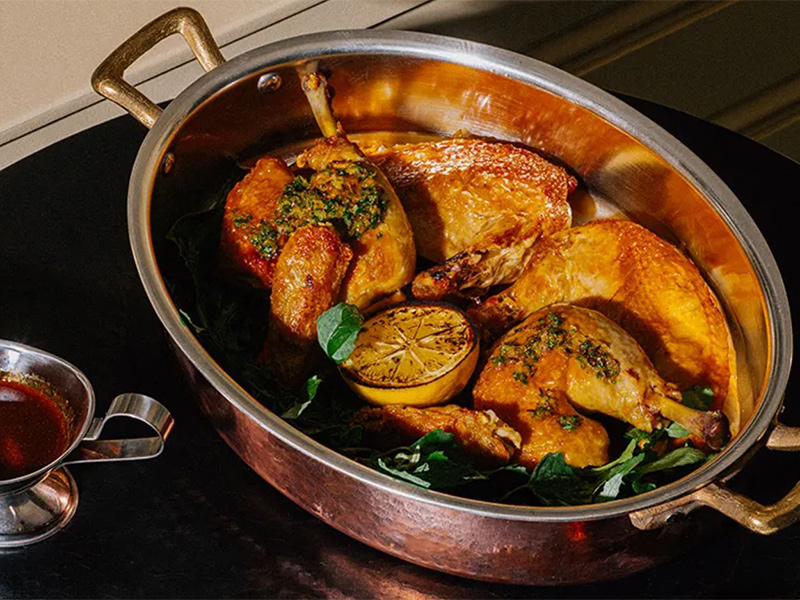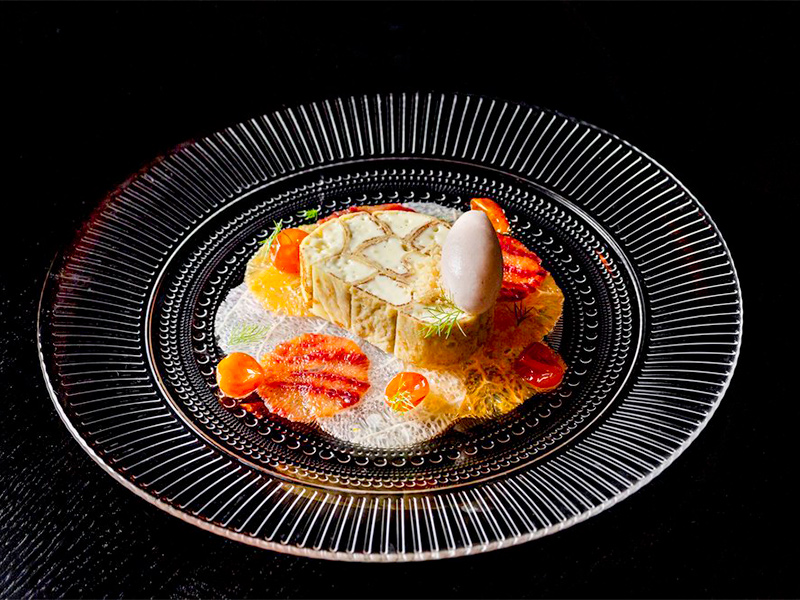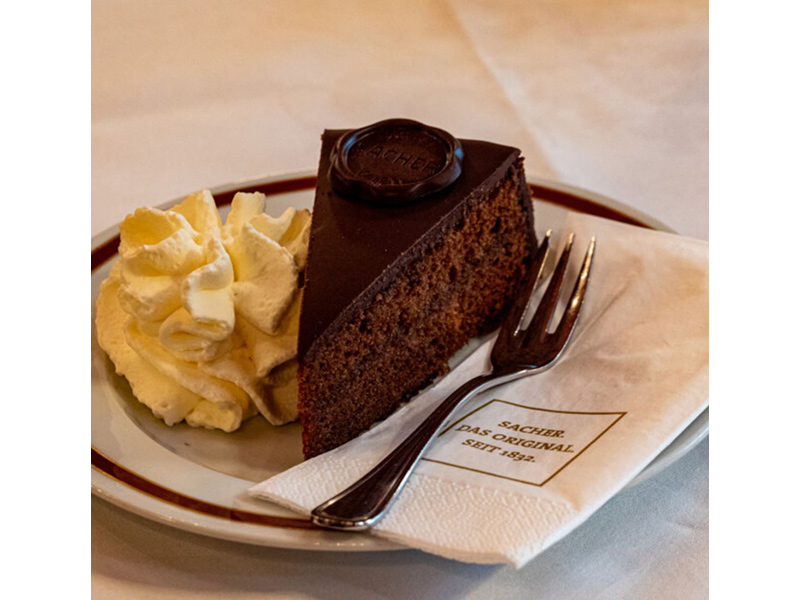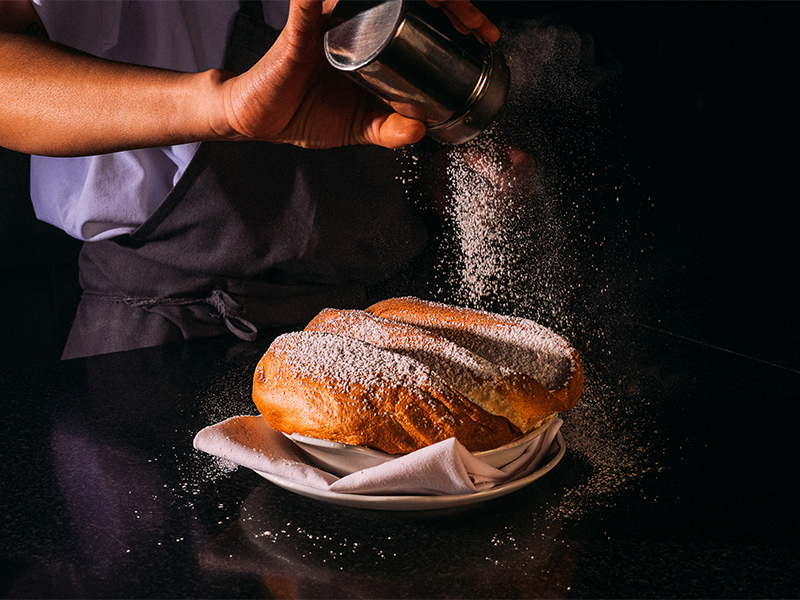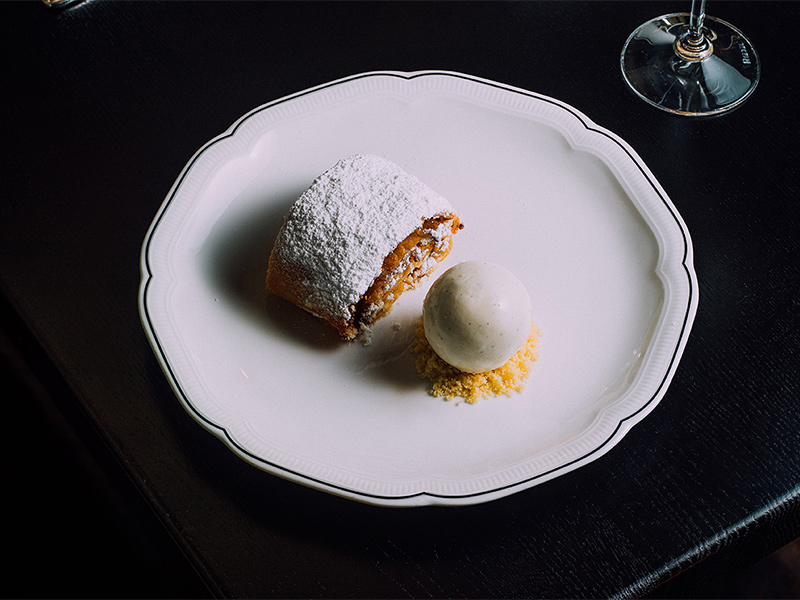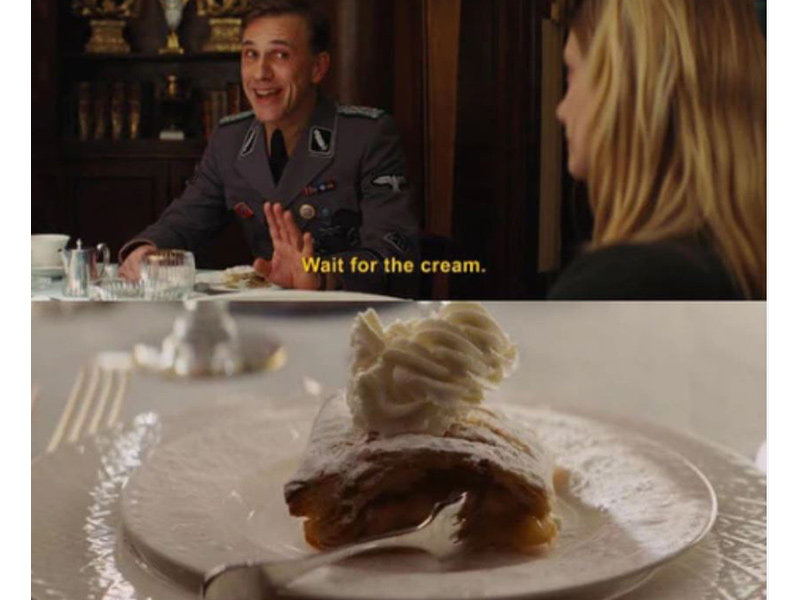A couple of weeks ago we took a dining trip to New York. As part of my preparation, I came across a wildly enthusiastic review of KOLOMAN in the New Yorker. Opened in 2022, this French-Viennese restaurant adjoining the Ace Hotel in NoMad seems to be on every New Yorker’s hot list.
Knowing that the New Yorker can be rather spare in giving out rave reviews of restaurants, I took notice in the writeup. Couple that with Viennese food not being particularly high on most people’s gastronomy chart (with the possible exception of wienerschitzle and apple strudel), and my interest was definitely piqued.
Now, I have always thought of Viennese food category as slightly heavy, fully flavored….sort of Teutonic comfort food. But the New Yorker critic raved about chef Markus Glocker’s ability to transform duck egg custard into a “cloudlike ideal.” Then I discovered that the London Guardian food critic, Jay Rayner, whom I respect immensely, had reviewed Koloman as well, gushing that “the food is so damned good.”
That clinched it. We had to hit Koloman…and hit it hard.
Further research revealed that the restaurant gets its name from the late 19th century Austrian artist Koloman Mosel. He was a significant participant, along with the better known painter, Gustav Klimt, in an art movement that rebelled against traditional Viennese styles. The Vienna Succession cult was their response to the old traditional art forms, by expressing an Avant-Garde body of work closely aligned with the modern Art Nouveau style.
And that was one of the many inspirations seized upon by Austrian-born-and-bred chef and owner Markus Glocker as he fashioned Koloman….architectural, decorative attitude and cuisine.
One can readily see the decorative influence and impact of Koloman Mosel in the design of the space – from the monumental, transparent, back-lit clock behind the bar, to the patterned patchwork wall coverings and the exquisite ornamental beveled glass above the banquettes.
The semi-open kitchen was about the only element that Glocker retained from the previous occupant, The Breslin. And our group of five managed to snag the best table in the house – #54 – right in front of the kitchen at “the pass,” offering an advanced class in dinner theater.
So before we get to the food…what to say?
Koloman has the ambience of a Viennese Café with three-star food. It’s surprisingly casual – no velvet rope here, no dress code. The appeal is timeless. It’s ideal for Date Night, special occasions…or just Tuesday.
Now, about the food.
For openers, they have a Michelin star. An Austrian restaurant with a Michelin star???
Well, YES. You see, Markus Glocker spent and survived his earlier years training in the kitchens of Gordon Ramsay and Claridge’s in London, Charlie Trotter’s in Chicago, as well as Steirereck, master chef Heinz Reitbauer’s famed Michelin two-star restaurant in Vienna.
At Koloman, Glocker had the wisdom to combine traditional Austrian comfort food with French technique. Viennese classics, rendered with modern sophistication, are allowed to shine. No surprise that the New York Times awarded Koloman three stars.
THE INDULGENCE:
First…freshly baked bread – warm poppy seed rolls, sourdough batard, and salted and slightly tangy cultured butter. Gougères followed. Smallish, eggy bread muffins encapsulating Alpine cheese and sauteed red wine shallots, they were $4 each, and well worth it.
We all shared a couple of bites of the delectable and rich – yet ethereally light – aged Cheddar Cheese soufflé, served with mushroom jam…$26.
Next came a half dozen Fine de la Baie Oysters on ice, harvested from the ice-cold waters of New Brunswick, Canada. They were velvety smooth with a crisp bite. Rounding out the appetizers was something I’d never seen in a fine-dining restaurant: little pumpernickel bread sandwiches filled with pimento cheese. Sounds weird but they were a brilliant counterpoint to the briny oysters…$24.
TAFELSPITZ is said to be one of the national dishes of Austria (sorry, wienerschnitzel). Essentially, it’s boiled beef mixed with apples and horseradish. At Koloman, tafelspitz is reimagined as a terrine and served at room temperature, layered with thin-sliced short-ribs and encased in jellied beef stock. As a summer appetizer, it was perfect……but I prefer the warm original, specially in winter.
A stunning “High-Tea Appetizer Tower” came with three treats: Octopus Pastrami, Brandade Croquettes, and a Tuna Tartare that my darling little granddaughter refused to share. Even a tiny attempt at a bite resulted in a SLAP.
Good thing we also ordered Red Snapper crudo with horseradish, spicy citrus and smoked olive oil…$16.
What I had, all to myself – and am determined to bring in some iteration to the SALUT menus – was the Foie Gras Mousse Parfait. Smooth as silk while gently flavored with Pomme de Vie (apple brandy), it was crowned with a gelée of Austrian and French dessert wines. Brioche Toasts rode shotgun.
After appetizers, a flurry of main courses followed…
Fennel Tagliatelle with Smoked Brook Trout and Caviar ($31). Beef Tenderloin crusted in Bone Marrow and Baumkuchen (Austrian layer cake crumbles) with shallots and red wine sauce ($58). Fluke, a species of flounder, arrived with a nutty crust of slivered almonds and a sauce of Mandelbrot Brown Butter (sweetened with sugar and vanilla)…$42.
Joanne had one of the most artful dishes that I have ever seen…Salmon en Croute. Normally, this involves a brick of salmon sheathed in an egg-washed puff pastry crust. NOT THIS ONE. Just look at the image. It’s breathtakingly beautiful. I can’t imagine how Chef Glocker pulls it off, but in between a perfect piece of salmon and the crisp savory white bread casing is a layer of delicious Scallop and Parsley Mousse. Add pickled cucumber, sunchokes and beetroot butter and you’ve got a spectacular dish – one that you’ll never make at home…$49.
Spätzle, a dish not seen much outside of Austria and Germany, reared its buttery head as a side dish to the classic Viennese schnitzel, made with veal loin, a premium cut that is more tender and flavorful than the commonly used veal top-round. It was crumb-crusted and fried in clarified butter. Other than the appreciated Lingonberries that accompanied it, this classic dish is not to be messed with. IT’S PURE VIENNA.
Lastly: The Brune Landaise chicken for two. First of all, what the heck is “Landaise” chicken? Originally from the Gascony region of southwest France, this bird roams free in the barnyard and is raised (without hormones) for 120 days as opposed to 85 days for normal chickens. It’s finished with grain and thus its large body is more juicy, rich and well-marbled than grocery store chickens. This is the breed that Austrian famed chef Antoine Westerman of Paris features at LE COQ RICO, his chicken-only restaurant near Montmartre.
Because they taste so great on their own, there’s not much reason to load ‘em up with foie gras, truffles and the like. At Koloman the whole chicken is split, simply roasted and offered with Champagne cabbage, spätzle and Meyer lemon jus.….$84 for two.
We soldiered on to dessert:
Palatswchinken…Austrian crepes rolled and cut crosswise into one-inch pieces, then filled with sweet cottage cheese and tightly arranged side-by-side to resemble a garlic bulb sliced in half. It’s sweet, but not too sweet, and comes with citrus salad and grapefruit & bay-leaf sherbet….$16.
Sacher Torte…made famous by the Sacher Hotel in Vienna. This is a dense, deep, dark chocolate cake layered with apricot jam and whacked with schlag (look it up). Chef Glocker throws a good-natured curveball in his interpretation of the iconic chocolate dessert by eliminating the apricot layers and instead dropping a dollop of apricot jam in the middle of the schlag so it masquerades as an egg. Both versions are wonderful.
Soufflé again…this time as a dessert for two. As expected, it was simple, light, airy and fluffy with lingonberry jam and vanilla ice cream. Oh, and a shot of rum…$30 for two.
Viennese Apple Strudel. Considered the national dessert of Austria (its country of origin), apple strudel gained popularity during the 18th century under the Hapsburg Empire. Despite the proliferation of many versions in Germany and neighboring countries, the strudel served at Koloman strikes me as a pure play…not tricked-up with cherries or peaches or blue cheese. It’s wonderfully simple, with tart Granny Smith Apples, rum-soaked raisins, tasted hazelnuts and frozen buttermilk.
Ve suspect dat der SS Colonel, HANS LANDA might even approve….YA?
WTF,
Phil
